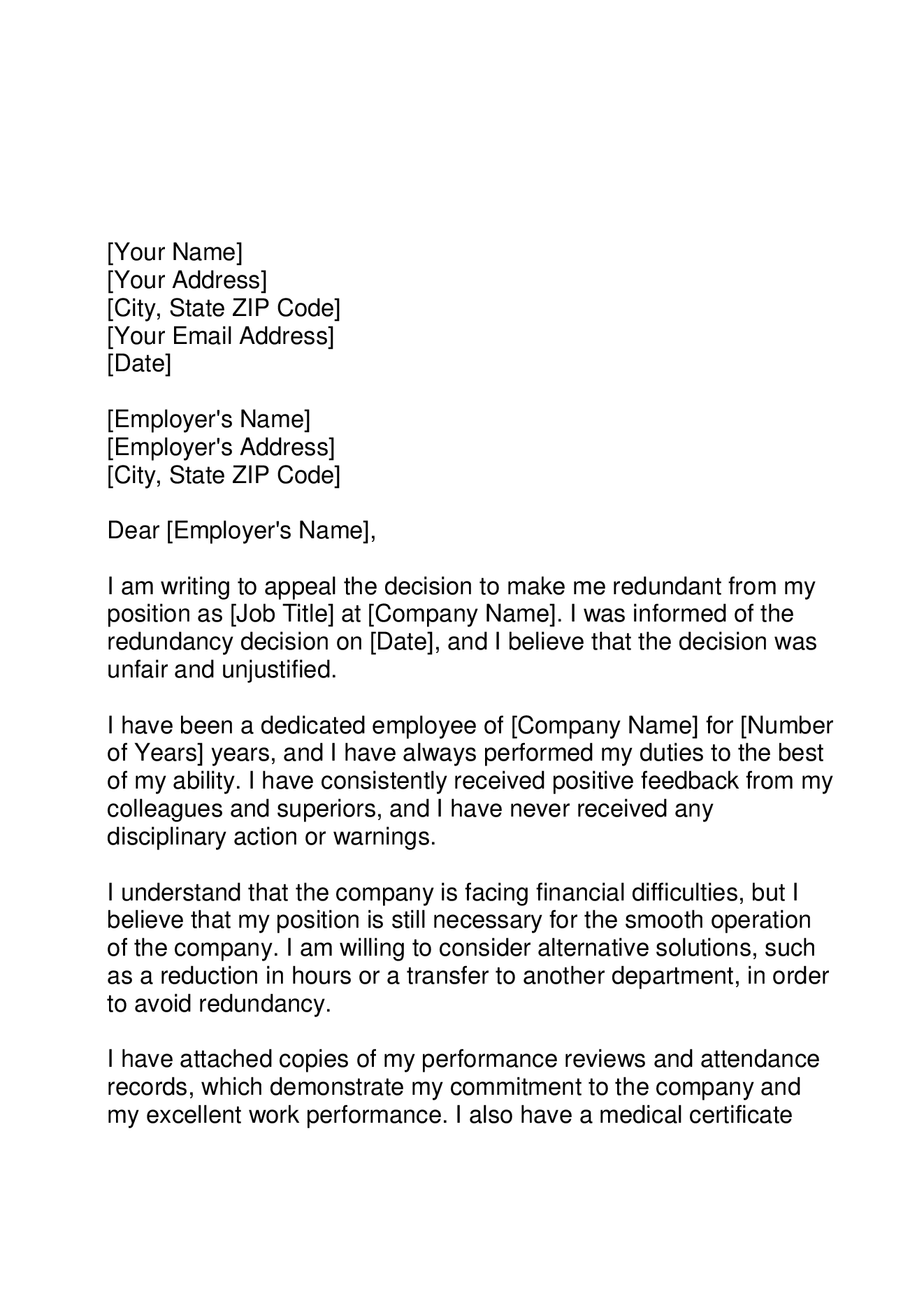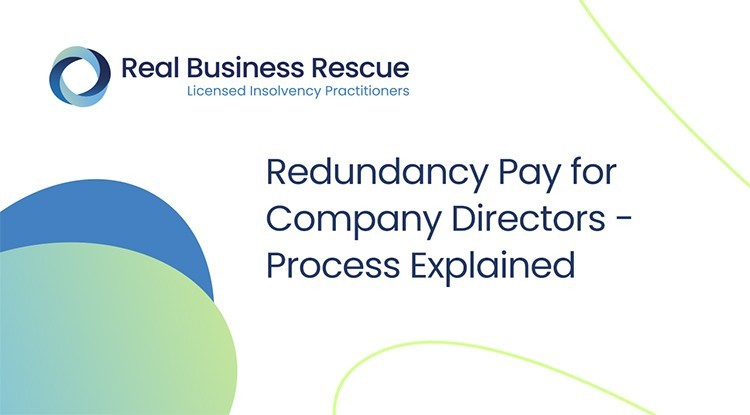Just How to Manage Redundancy Pay If Company Goes Bust: Key Details for UK Workers
Just How to Manage Redundancy Pay If Company Goes Bust: Key Details for UK Workers
Blog Article
Exploring the Interplay In Between Business Redundancy and Business Versatility for Future Development
In the dynamic landscape of today's service world, the complex relationship in between business redundancy and business adaptability arises as a vital factor for continual development and success. Business frequently encounter the difficulty of striking a delicate equilibrium between keeping a level of redundancy to mitigate dangers and fostering versatility to react swiftly to the ever-evolving market needs.
Significance of Firm Redundancy
Business redundancy is a critical element that boosts organizational durability and minimizes operational risks. By including redundancy steps within the organizational structure, business can better withstand unforeseen disturbances and fluctuations in the service environment. Redundancy functions as a calculated buffer, enabling firms to adapt and react successfully to unforeseen challenges without jeopardizing vital operations.
One trick aspect of the significance of company redundancy is its duty in making certain continuity during times of dilemma. When confronted with sudden changes or emergency situations, repetitive systems, resources, or employees can tip in to maintain essential features and stop prevalent disturbances. This continuity not just safeguards the business's credibility and customer depend on but additionally lessens financial losses and functional downtime.

Methods for Business Flexibility

Another critical strategy is buying modern technology and framework that can support flexibility and scalability. Implementing digital tools, automation, and information analytics can streamline operations, enhance performance, and give valuable insights for informed decision-making. Moreover, creating adaptable organizational structures that enable quick adjustments to market dynamics and customer needs is necessary for remaining affordable in a quickly progressing setting. By proactively determining prospective disturbances and possibilities, companies can proactively adjust and prosper in an ever-changing service landscape.
Balancing Redundancy and Adaptability
Accomplishing an unified stability in between functional redundancy and organizational flexibility is paramount in browsing the complexities of a dynamic organization setting. Redundancy within a company gives a safeguard, making sure continuity and security in procedures. Nonetheless, an extra of redundancy can lead to inefficiencies and hinder flexibility to transforming market problems. On the various other hand, organizational adaptability permits companies to react immediately to external disturbances and confiscate new opportunities. Striking the right equilibrium between redundancy and flexibility is a delicate process that requires a deep understanding of the company's goals, industry dynamics, and danger resistance.
To attain this equilibrium, companies need to perform routine analyses of their procedures to determine areas where redundancy is necessary for danger reduction and where adaptability can drive advancement and growth. Carrying out flexible structures, cultivating a society of continuous discovering and renovation, and motivating open communication across all levels of the organization are key techniques to harmonize redundancy and adaptability effectively. By straightening these 2 essential components, business can position themselves for sustainable development and success in an ever-changing service landscape.
Situation Studies on Adaptation Success
In examining circumstances of effective organizational adjustment, it comes to be apparent that the interplay in between operational redundancy and adaptability is a specifying consider shaping resilient organizations. One engaging case study is that of Netflix. Originally a DVD rental solution, Netflix demonstrated impressive versatility by transitioning into a streaming system when digitalization interrupted the sector. By tactically purchasing modern technology and content production, Netflix not just grew however endured in a quickly developing market. An additional standout example is Amazon. Beginning as an on the internet bookstore, Amazon continually adapted its service model, increasing into varied industries such as cloud computer and expert system. This flexibility permitted Amazon to remain ahead of rivals and satisfy transforming consumer needs. Lastly, Adobe supplies a notable image of successful adjustment. The company shifted from marketing software application licenses to a subscription-based version, making sure reoccuring profits streams visite site and boosted customer interaction. These study emphasize the importance of functional redundancy paired with business adaptability in promoting lasting growth and competitiveness.
Building Resilience for Future Growth
Structure strength for future development needs a calculated placement of functional processes with market dynamics and emerging trends. Business should adjust to altering settings by cultivating a society of flexibility, development, and constant enhancement. Resilience includes not only recuperating from obstacles however likewise proactively getting ready for future difficulties. One essential facet of structure durability is buying robust risk administration approaches to minimize potential disruptions. This includes scenario planning, diversifying supply chains, and creating contingency prepare for numerous backups (who pays redundancy money).
Additionally, cultivating solid partnerships with stakeholders, such as clients, workers, providers, and the neighborhood, is essential for weathering uncertainties and keeping count on and support during turbulent times. Reliable interaction and openness play a vital function in structure strength, as they help help with and align assumptions partnership in browsing unpredictabilities.
Furthermore, companies need to focus on discovering and development efforts to upskill staff members and outfit them with the necessary devices to adjust to altering scenarios. By purchasing their labor force, companies can boost their versatility and agility, ultimately reinforcing their strength for lasting future growth.
Conclusion

In the dynamic landscape of today's service globe, the intricate relationship in between firm redundancy and business adaptability emerges as a vital factor for sustained development and success. Companies typically face the challenge of striking a delicate balance between keeping a level of redundancy to alleviate risks and fostering versatility to react quickly to the ever-evolving market demands.To attain this balance, firms need to carry out regular assessments of their procedures to identify locations helpful site where redundancy is essential for danger reduction and where adaptability can drive development and development.In final thought, the interaction in between business redundancy and organizational adaptability is important for future growth. Building strength via a combination of redundancy and versatility will certainly ensure that firms are prepared for the obstacles of the future.
Report this page